Name Rudolf Koppitz | ||
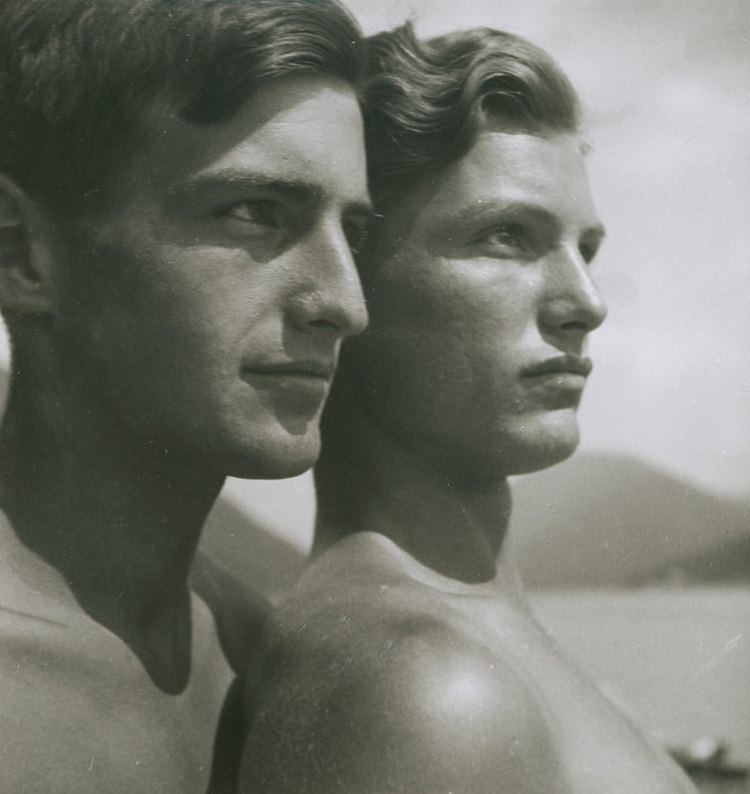 | ||
Died July 8, 1936, Perchtoldsdorf, Austria | ||
Rudolf Koppitz (4 January 1884 – 8 July 1936), often credited as Viennese or Austrian, was a Photo-Secessionist whose work includes straight photography and modernist images. He was one of the leading representatives of art photography in Vienna between the world wars. Koppitz is best known for his works of the human figure including his iconic Bewegungsstudie, "Motion Study" and his use of the nude in natural settings.
Contents
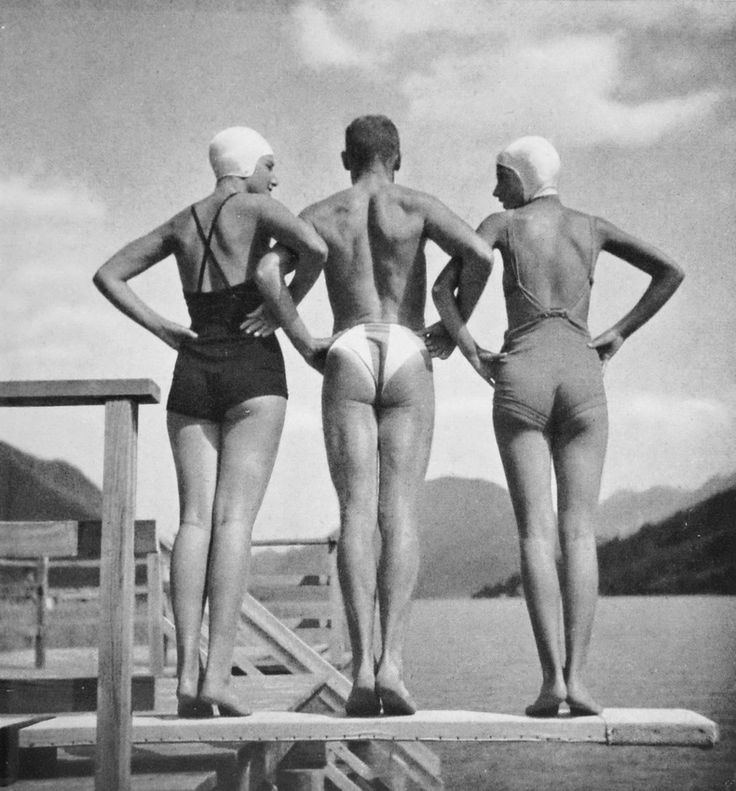
Biography
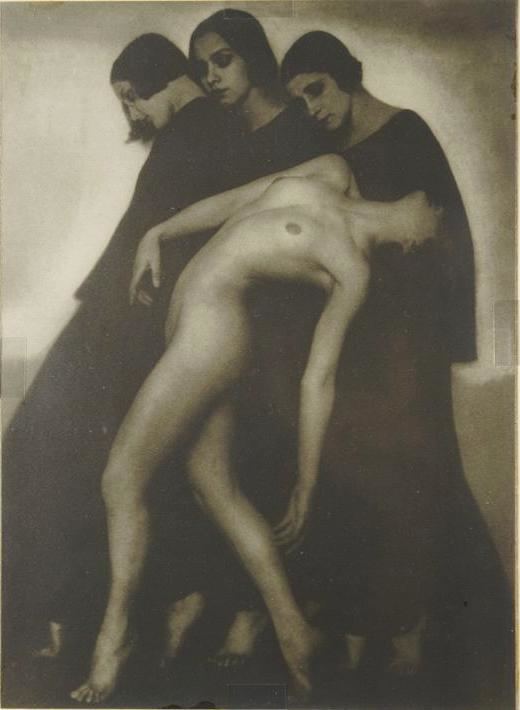
Rudolf Koppitz was born into a rural Protestant family in Schreiberseifen, a village close to the town of Freudenthal, in the Duchy of Upper and Lower Silesia (what is today Skrbovice near Bruntal in the Czech Republic). Koppitz began training for his career as a photographer in 1897 under Robert Rotter from Bruntal. Koppitz later continued his work in small commercial studios as a contract photographer but in 1912, he left professional life to go back to school to continue his studies at the Graphische Lehr- und Versuchsanstalt, "Institute for Teaching and Research in Graphic Arts" in Vienna, Austria.

Koppitz's early works were marked by the influence of his teacher, the Czech Symbolist photographer Karel Novak, and by the style of the Viennese Secession. While working in Vienna early in his career, Koppitz photographed many of the picturesque aspects of the city - St. Stephen's Cathedral, Karl's Church - and traveled to photograph Hungarian villages, fishing boats near Delft, views of Dresden and alpine landscapes.

His time at the Institute was interrupted by the First World War in which Koppitz found himself putting his talents to use as an aerial reconnaissance photographer. The bulk of his the body of work produced during this time consisted of landscapes captured during his areal reconnaissance work, his favorite of which was the study of water from the air and the geometric elements of flying machines that carried him into war. When Koppitz was not photographing for the Army he spent his time documenting the lives of soldiers and the communities of people he came into contact with. Photographs from this period are laden with dramatic sentiments due to Koppitz's use of light, the sun, clouds and mist to express the emotions of the people and the time. After the war, Koppitz returned to the Institute to teach photography where in 1923 he took the nude self-portrait, In the Bosom of Nature, in which he framed himself by tree trunks, rocks, snowy mountains, and is posed to convey a dreamlike harmony reminiscent of a symbolist painting and graphic art. In c. 1925 Koppitz created his masterpiece, Bewegungsstudie, "Motion Study" in which he photographed dancers from the Vienna State Opera; the nude dancer, credited to be the Russian Claudia Issatschenko but is more likely, her daughter, ballet dancer and choreographer, Tatyana Issatschenko Gsovsky, with her head thrown dramatically back and flanked by three dark-robed women, lends Bewegungsstudie to the highly decorative and symbolist tradition of the Viennese Jugendstil.
Work
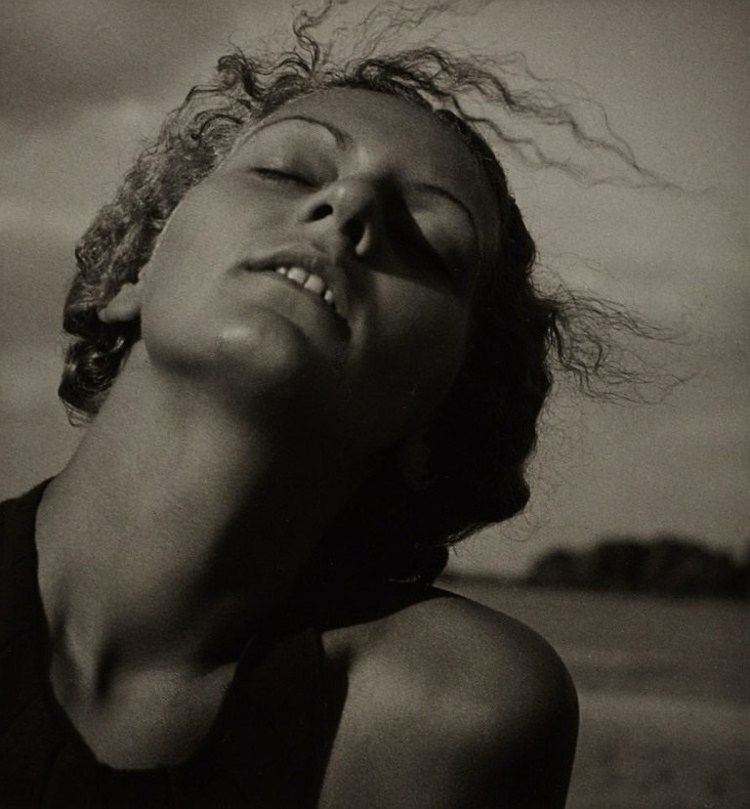
Koppitz's work is marked by a pronounced awareness of form, line, and the surface play of light and shadow. Early in his career, Koppitz was known for staging groups of subjects in the style of the Vienna Secession, the most well known example of this being his Bewegungsstudie, "Motion Study".
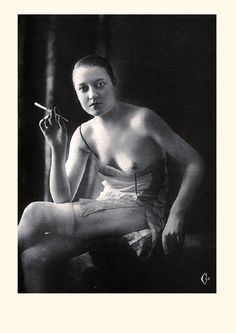
'Bewegungsstudie' (Motion Study) is surely the most widely published and best known image in Austrian photography from the early decades of the last century. This is for good reason, as no photograph better captures the cultural strands that characterized the Austrian avant-garde at that time. Here one can see a graphic strength and compositional clarity that reflects the modernist ambitions initiated in the fine as in the applied arts by the Secession and by the Wiener Werkstatte. But what gives the image its power is the aura of mystery, of symbolist sensuality that resonates through this enigmatic grouping of the three uniformly coiffed and draped figures and the one single naked figure.
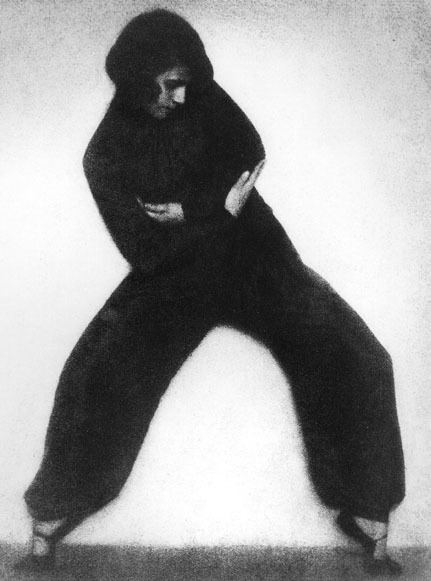
Bewegungsstudie's languid nude, elaborately robed women and undeniable sensuality, in the context of its rigorous and artistic composition, bring to mind the sexual morbidity of Viennese artists like Gustav Klimt and Alphonse Mucha, as well as the Swiss symbolist painter Ferdinand Hodler and has made it as unforgettable then as it is today. It has become the Koppitz's signature image, and was also his best-seller. Prints of the image were purchased by, among others, the Toledo Museum of Art; the New York Camera Club notable Joseph Bing, head of that club's print committee; and the Englishman Stephen Tyng, who published it in a small portfolio of works from his collection.
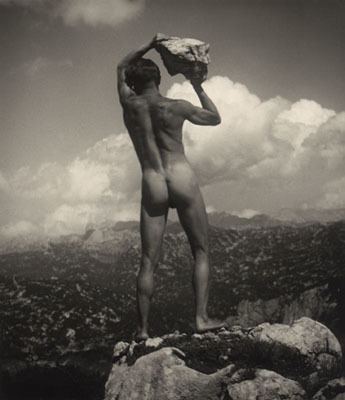
His earliest works show evidence of influence by Gustav Klimt, Japanese art, Art Nouveau and Constructivism. During the First World War, Koppitz's photographs took on a documentary quality when his photographs became more simple and direct in their subject matter and composition. Koppitz's work came of age during the inter-war period when most of Austria's photographers were supporters of art photography. Photographs from that time are full of symbolic meanings often capturing nude and clothed dancers as well as liberal use of the both male, many of which were of Koppitz himself and female nudes placed in elements of nature and posed to give the impression of a Greek or Roman statue.
Koppitz's nude self-portraits fascinated his contemporaries as much as they do viewers today. The photographs were taken out of doorshigh in the mountains of the Alps or at the seashorewith the assistance of his wife, Anna. Often symbolic, his images reflected the enthusiasm for nature that Koppitz nurtured throughout his life. This love of nature also influenced his late work, his portrayal of peasant life in Tyrol that culminated in the vast 1936 exhibition of 500 photographs called "Land und Leute" (Country and People).
Although he did not possess a consistent style, Koppitz was a virtuoso of the dark room, seemingly determined to make the photograph as much of an art object as possible. His beautifully grainy, subtly tinted images align him with American Pictorialists like Edward Steichen and Clarence Smith. Koppitz's work, much of it using the gum bichromate process, reflected his links with modern artists such as Gustav Klimt and Egon Schiele, and their involvement with the 'life reform' movement including; nudism, sun culture, and expressive dance popular in Central Europe from the early 1900s as well as agrarian romanticism. Koppitz's extraordinary mastery of pictorial processes—pigment, carbon, gum, and bromoil process of transfer printing—gained the respect of his colleagues throughout the world and garnered mention in the Encyclopaedia Britannica of 1929.
Koppitz's photographs were shown in no less than fourteen juried or invitational exhibitions in the United States from 1926 through 1930, most importantly the Pittsburgh Salons of 1926, 1927, and 1928. This highly regarded annual exhibition at the Carnegie Museum of Art featured not only prominent American photographers, but also the Europeans including; Koppitz, Josef Sudek, Jaromir Funke, Frantisek Drtikol, and Madame D'Ora. Both Koppitz and Thorek were elected associate members of this prestigious salon, where Bewegungsstudie, along with many other Koppitz works, were exhibited. In addition to their exposure in salons, Koppitz's photographs were featured in such American camera magazines as American Photography, Photo-Era, and Camera Craft.
Over the course of 30 years of work, Koppitz's photography came full circle returning in his later years to where he started, working with a renewed focus on nature and documenting the lives and condition of rural peasants. Koppitz is perceived by some as a progressive modern artist while on the other hand he was one of the more conservative photographers in his time, holding true to a number of traditions and always telling a story with his photographs.
